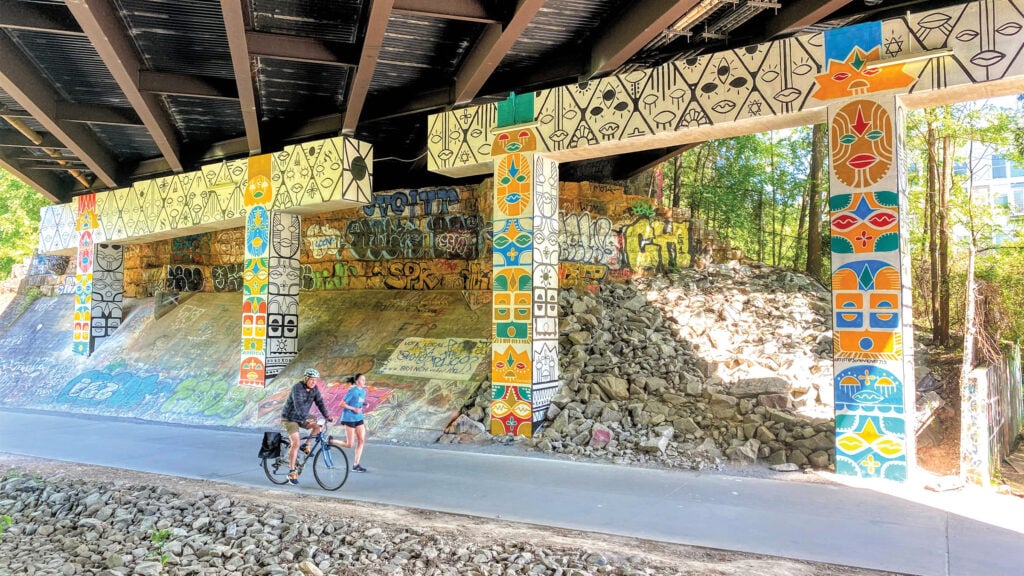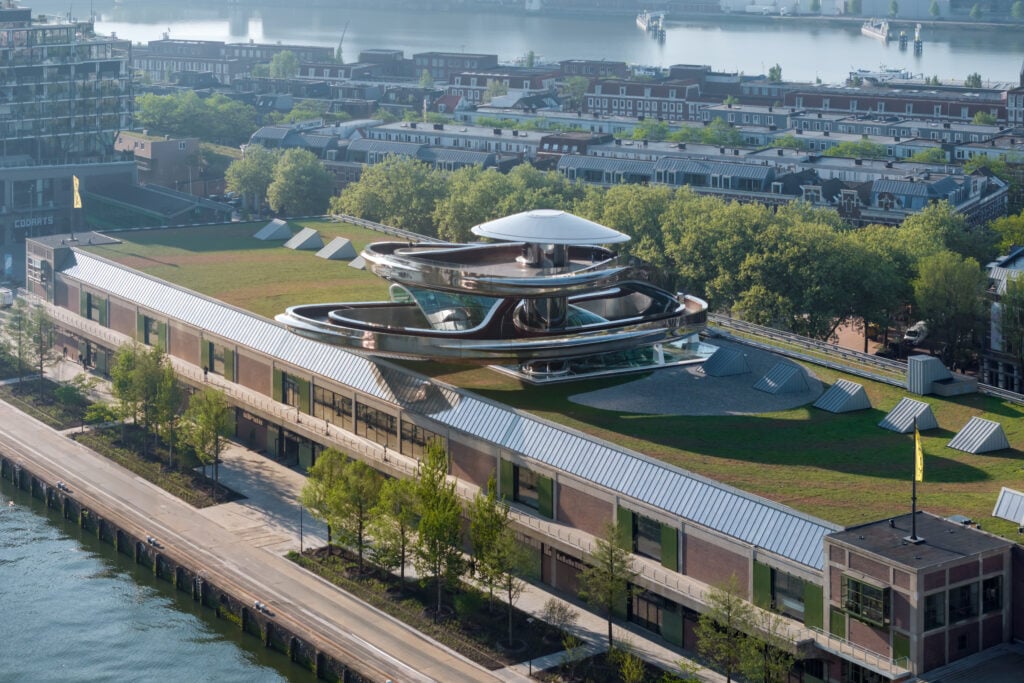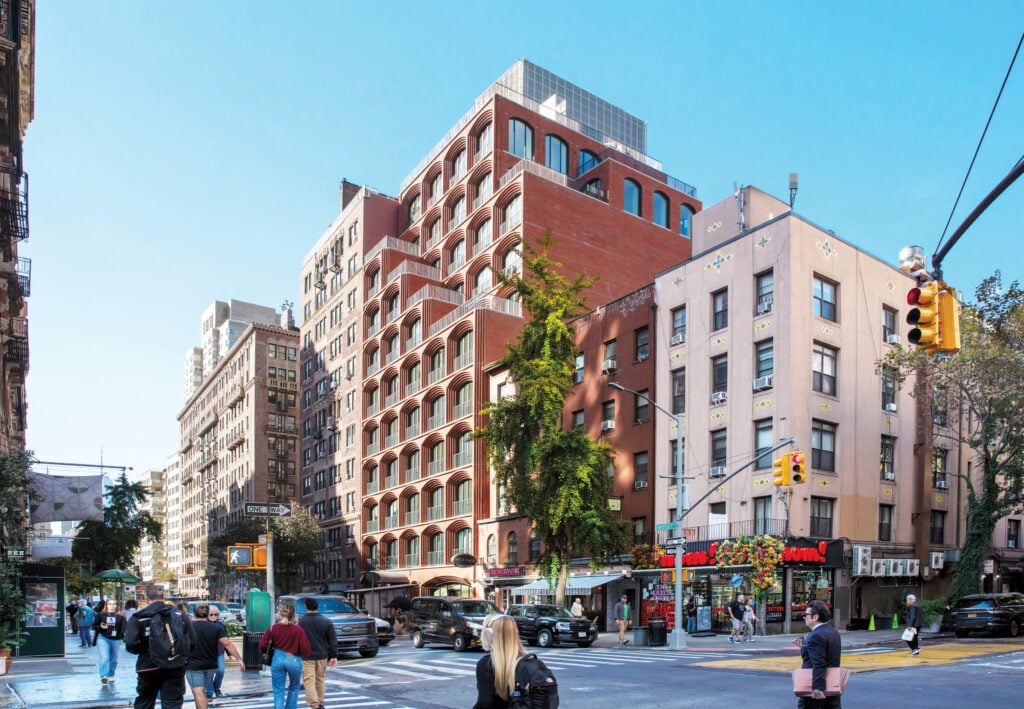
November 15, 2023
At Montreal’s Insectarium, Visitors Are Immersed Into the World of Bugs
Bugs aren’t for everyone. I, for one, have experienced intense periods of katsaridaphobia (fear of cockroaches). So it’s a bit surprising that the most fun I had during a recent trip to Montreal was at the city’s Insectarium, where I looked into the eyes of the largest cockroach I’d ever seen. Designed by Berlin-based architects Kuehn Malvezzi and local firms Pelletier de Fontenay and Jodoin Lamarre Pratte architectes, the newly redesigned 38,750-square-foot Insectarium sets out to “redefine our relationship with insects.” And with insects representing 85 percent of animal diversity, perhaps it’s about time.
While the giant cockroach was behind a glass barrier (thank God), other spaces throughout the building allow visitors to get up close and personal with the creatures, and even include immersive sensory experiences that simulate entomophilic perception, such as alcoves that mimic the tight passageways cockroaches can crawl through and the pixelated vision of a fly. With 3,000 preserved insect specimens, 175 species of live insects, and 3,000 plant specimens, it’s the largest insect museum in North America.To experience the building is to walk a tightly choreographed route that begins in an outdoor pollinator garden and gradually introduces visitors to indoor galleries, creative workshops, and a majestic greenhouse where they can experience up to 80 species of butterflies, year-round, in a lush, barrier-free environment.
One of the most impressive features is the Chromatic Collection—a wall of preserved insects arranged by hue. The collection is housed in a cavernous domed hall that resembles a planted mound and envelops the viewer in a shotcrete interior that feels like an underground labyrinth. Visible from the exterior, the dome emerges from the surrounding botanical garden landscape and, a few years from now, will be covered in plant life.

Once visitors pass through the dark domed hall, they experience another shift in perception as they begin a slow ascent into the large, sunlit greenhouse, which features a gradually inclining path through a range of microclimates. While the building’s positioning makes the most of natural light, advanced mechanical systems allow much of the heat from the greenhouse to be redistributed to the rest of the building. A range of additional systems—such as textile shades, motorized louvers, geothermal wells, roof water recovery, and the use of local, VOC-free materials—are helping the building meet its LEED Gold certification goals.
Throughout the space, the architects wanted to “challenge the notion of biophilia being anthropocentric” and reveal that the history of natural history museums can’t be separated from the history of environmental exploitation. For Wilfried Kuehn, it’s about power. In a conversation published by the museum with the Insectarium’s director, Maxim Larrivée, Kuehn said: “[As architects] it is our task to advocate for the ones underrepresented or those not in charge. This led us to the question of the insect as part of the spatial experience and to make sure that they have an environment that does not violate them and does not treat them as objects.” I left the museum humbled and in awe, almost wanting to give back some power to the cockroaches.
Would you like to comment on this article? Send your thoughts to: [email protected]
Related
Projects
The Project That Remade Atlanta Is Still a Work in Progress
Atlanta’s Beltline becomes a transformative force—but as debates over transit and displacement grow, its future remains uncertain.
Projects
MAD Architects’ FENIX is the World’s First Art Museum Dedicated to Migration
Located in Rotterdam, FENIX is also the Beijing-based firm’s first European museum project.
Projects
KPF Reimagines the Arch in a Quietly Bold New York Facade
The repetition of deceptively simple window bays on a Greenwich Village building conceals the deep attention to innovation, craft, and context.





